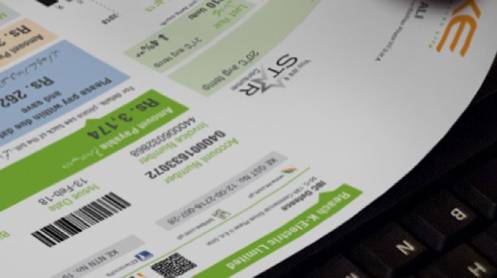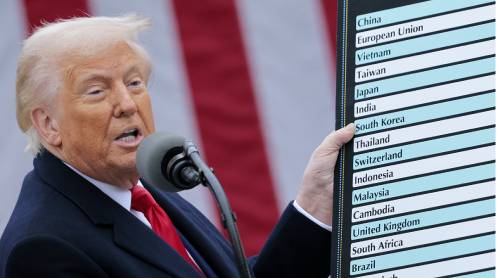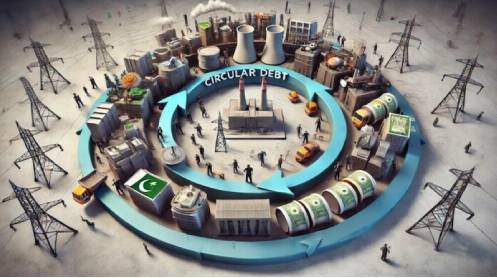KARACHI: K-Electric, the sole power distributor in the port city of Karachi, expects to keep electricity tariffs stable for consumers as it plans to increase the share of renewable energy in its generation mix, company officials said on Friday.
The company plans to invest Rs484 billion over the next seven years to add 30 percent renewable energy in its overall power generation for the next seven years, according to company officials.
The move is part of K-Electric’s strategy to meet the growing demand for electricity in Karachi, which is projected to reach 5,000 megawatts by 2030.
K-Electric current energy mix for power generation shows that it produces 94 percent of electricity from imported thermal, 3 percent from local thermal, and 3 percent from renewable sources.
Under the investment plan, the power generation from imported thermal would be halved by falling down to 51 percent by 2030, and the renewable share would go up to 28 percent, with 21 percent power generation from local thermal.
Under the plan, 2,172 megawatts of power would be added to the generation capacity in the next seven years.
The year-wise breakdown shows that 500 megawatts of solar would be added to the system in 2025, 330 megawatts of indigenous fuel-based power would be added in 2026, 330 megawatts from indigenous fuel and 200 megawatts from solar would be added in 2027, followed by 100 megawatts of wind power in 2028.
In 2029, 330 megawatts of indigenous fuel, 200 megawatts of solar, and 82 megawatts of hydel power would be added to the system, and 100 megawatts of wind power would be part of the system in 2030.
The investment plan of KE till 2030 follows the investment made by the utility from 2005 to 2022. Since its privatization, KE made an investment of Rs474 billion, which saw its customer growth, power generation, and reduction in transmission & distribution (T&D) losses substantially.
Since the privatization, the customer base of KE doubled to 3.4 million from 1.8 million, while T&D losses halved. These losses reduced to 15.3 percent from 34.2 percent, which shows significant improvement as they are even beyond Nepra’s benchmark of 15.95 percent.
In the last 17 years, KE supply improved to 3,380 megawatts from 2,200 megawatts, while its generation efficiency jumped to 39 percent from 30 percent.
The number of grids also increased to 71 from 52, and distribution transformers went up to 30,000 from 9,200. Besides, feeders doubled to 2,000 from 1,000. The future investment plan of KE has been submitted to Nepra for approval some months ago.





